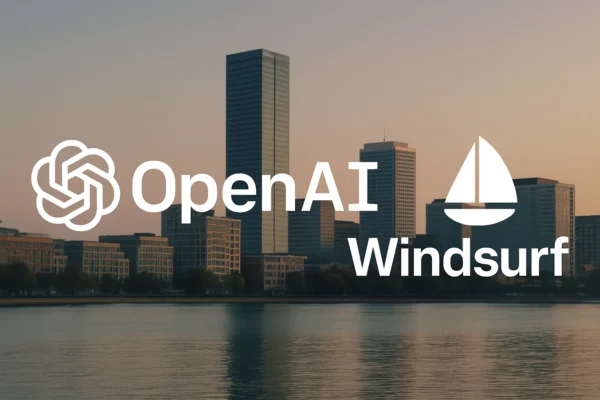
Discover how multimodal AI transforms healthcare in 2025 with advanced diagnostics and personalized care. Learn recent advancements and future trends.
Artificial intelligence (AI) is transforming healthcare, with multimodal AI leading the charge in 2025. Unlike unimodal AI, which processes a single data type, multimodal AI integrates diverse inputs—medical imaging, electronic health records (EHRs), genomic data, and patient-reported symptoms—offering a comprehensive view of patient health. This technology is redefining diagnostics, treatment planning, and operational efficiency, cementing its role in precision medicine. This article explores multimodal AI’s transformative impact, recent advancements as of April 2025, and its future potential in healthcare.
How Multimodal AI Enhances Clinical Decision-Making?
Multimodal AI’s ability to fuse heterogeneous data drives superior clinical outcomes. In oncology, for example, AI models combine medical imaging, genomics, and clinical notes to predict gene mutations, enhancing cancer diagnosis and treatment precision. A 2025 study revealed that multimodal AI outperformed single-modality models in 91% of cases across 12 medical specialties, with oncology leading the way. By uncovering hidden patterns in imaging or genetic markers, multimodal AI empowers clinicians to make accurate, personalized decisions, improving patient outcomes.
Recent Advancements in Multimodal AI :
Multimodal AI is gaining traction in clinical settings. Hospitals are adopting AI tools that analyze MRI images alongside patient text notes for real-time diagnostics, marking a shift toward mainstream integration. Google’s 2025 AI Healthcare Report highlights multimodal AI’s role in processing complex datasets, reducing administrative burdens, and enabling personalized medicine. PathAI’s AISight platform, for instance, advances digital pathology by combining imaging and clinical metadata, supporting biomarker discovery and drug development. These tools are now accessible to community practices, reflecting broader adoption and increased organizational risk tolerance.
Transforming Care Delivery and Operations:
Beyond diagnostics, multimodal AI is reshaping care delivery and workflows. AI-powered virtual health assistants integrate data from wearables, genomic sequencing, and biosensors to create individualized health profiles for continuous monitoring. These assistants enable proactive management of chronic conditions, reducing hospital readmissions. Administratively, tools like Nuance’s Dragon Ambient eXperience Copilot automate patient visit documentation by processing voice conversations and syncing with EHR platforms like Epic, saving clinicians time. Such innovations align with “responsible revenue cycle management,” enhancing transparency and patient financial experiences.
Ethical and Technical Challenges:
Despite its promise, multimodal AI faces challenges. Biases in datasets can exacerbate healthcare disparities, particularly for underserved populations. AI “hallucination,” where models generate inaccurate outputs, poses risks to diagnostic reliability. The National Institutes of Health’s 2024 ethical AI initiative advocates for collaborative solutions to mitigate these issues, emphasizing inclusivity and data protection. Compliance with regulations like HIPAA and GDPR is also critical, especially as multimodal systems incorporate biometric data for patient identification in emergencies. Robust data governance and explainable AI are essential to build trust.
Future Potential of Multimodal AI in Healthcare:
The future of multimodal AI in healthcare is bright. By 2030, the generative AI market in healthcare is projected to surpass $10 billion, with multimodal models driving innovations in drug discovery, clinical trials, and mental health care. Transformer-based models and graph neural networks enhance data integration, promising precise predictions and tailored interventions. Events like HIMSS 2025 will showcase multimodal AI’s role in clinical decision support and patient engagement, underscoring its growing influence.
Conclusion:
Multimodal AI is revolutionizing healthcare by enabling comprehensive data integration, improving diagnostic accuracy, and streamlining operations. Recent advancements in 2025 highlight its clinical adoption, from digital pathology to virtual assistants. However, addressing ethical, technical, and regulatory challenges is crucial to unlocking its full potential. As multimodal AI evolves, it will drive a new era of data-driven, patient-centric care, transforming healthcare for the future.





